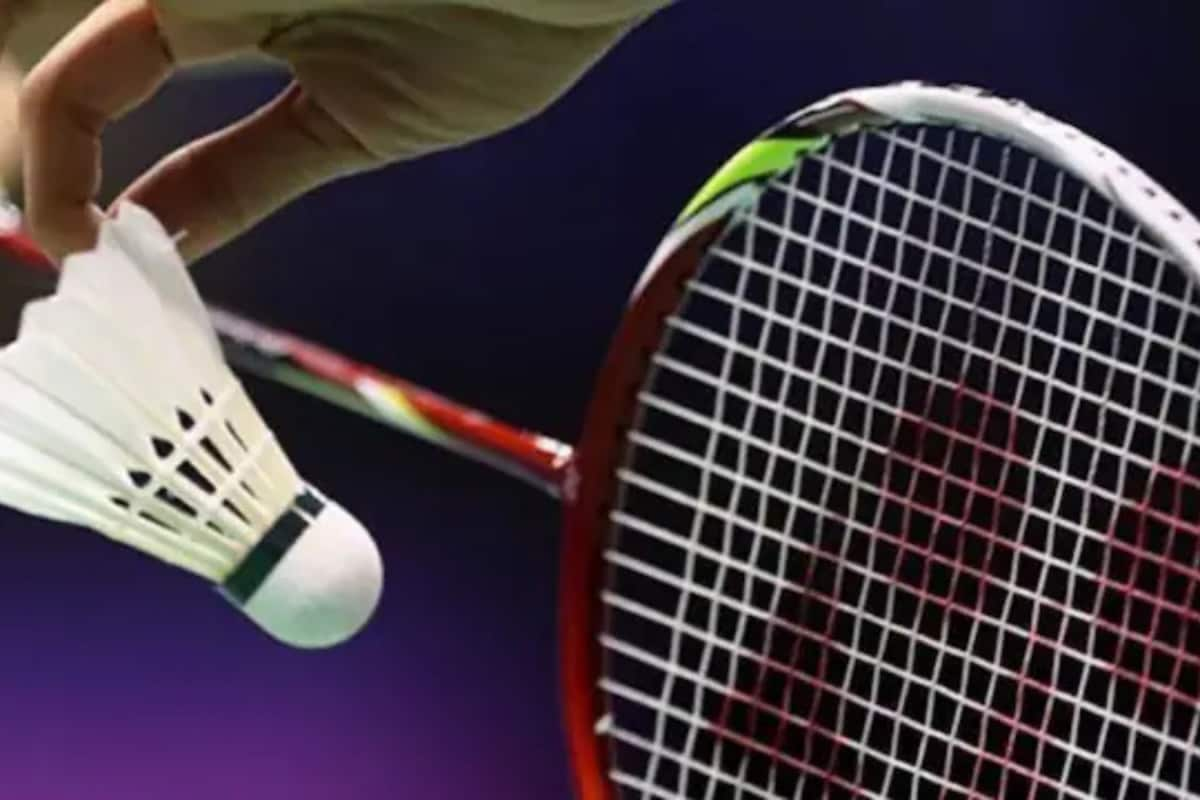

The badminton world is currently facing a unique challenge: a shortage of feather shuttlecocks. While the Badminton World Federation (BWF) doesn't consider it a "crisis" yet, the scarcity is impacting players and associations globally, including in India.
The Root of the Shortage
The primary cause of the shortage is a shift in dietary habits in China, the world's largest producer of shuttlecocks. Traditionally, duck and goose feathers have been the main raw material for shuttlecocks. However, a rising preference for pork has led to a decrease in duck and goose farming. This has significantly reduced the availability of feathers.
Secretary of the Badminton Association of India (BAI), Sanjay Mishra, confirmed the shortage, emphasizing its roots in China's changing food preferences. He explained that goose feathers are preferred for the best quality shuttlecocks, and with reduced duck and goose consumption, manufacturers are struggling to obtain enough feathers. It takes 16 feathers to make a single shuttlecock, and a standard singles match can use up to two dozen shuttles.
Impact on India
The shortage has led to a steep increase in shuttlecock prices in India. The price of a tube of high-quality shuttles has jumped from ₹1,200 at the end of 2023 to nearly ₹3,000 now. This price hike is affecting badminton academies and players, especially those who cannot afford the increased costs. Some reports indicated that the Pullela Gopichand Academy in Hyderabad, a prominent training center, had less than two weeks of shuttlecock reserves recently. While BAI secretary Sanjay Mishra has stated that supply to national camps will stabilize, the long-term challenge remains.
Global Implications
The impact isn't limited to India. Countries in Europe, like France and Denmark, are also experiencing the pinch. A report in a French newspaper noted that Chinese farmers are unlikely to raise ducks or geese solely for their feathers, as it is not economically viable compared to pork production.
Finding Solutions
The BAI has already approached the BWF to explore alternative solutions. One option is to revisit the use of artificial feather shuttlecocks, despite previous issues with accuracy and noise. BWF had approved the use of synthetic feather shuttlecocks at all levels of international sanctioned tournaments starting in 2021.
Chief national coach Pullela Gopichand has stressed the need to move away from relying solely on natural feathers. He expressed confidence that a breakthrough in lab-grown or synthetic alternatives is possible within the next five years. He has also urged India's research institutions, like the IITs, to contribute to developing feather-like alternatives. Yonex India Managing Director Karan Dhar mentioned that they are working to address the immediate concerns with shipments expected shortly.
Manufacturers like Yonex and Li-Ning are also working on hybrid shuttlecock models that don't completely rely on animal feathers. These efforts aim to create more sustainable and cost-effective options for the future.
Looking Ahead
The shuttlecock shortage highlights the interconnectedness of global supply chains and the need for innovation in sports equipment. While the BWF might not consider it a crisis yet, the rising prices and supply uncertainties necessitate a proactive approach. This includes exploring alternative materials, improving domestic production in countries like India, and potentially adjusting import duties to make the sport more accessible. The future of badminton may depend on how quickly and effectively the industry can adapt to these challenges.